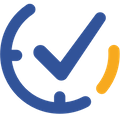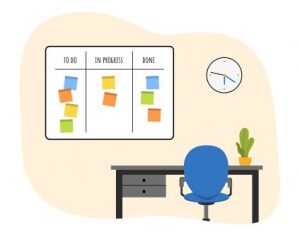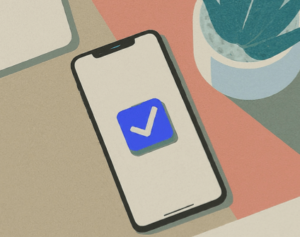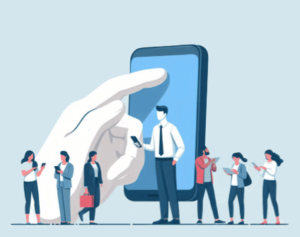In a world where we get more notifications every day, it’s common to be constantly distracted. This perpetual bombardment of information can fragment our focus and make it challenging to stay on top of our tasks. To combat this, we often require some structure and a systematic approach to help us ensure that best practices become habits. With the right productivity techniques, you can make a significant improvement in your productivity and develop long-lasting habits. In this article, I will cover some of the most effective techniques:
Master Your Tasks with Getting Things Done (GTD)
David Allen’s Getting Things Done (GTD) technique emphasizes staying relaxed and maintaining a clear overview of your tasks to improve productivity. The core idea is to get everything out of your head and into a reliable system. Start by capturing everything on your mind, from tasks to ideas, using a notebook or digital tool. Next, clarify what each item means and what action, if any, is required. Organize these items into appropriate categories, prioritize them, and then engage with your tasks, focusing on the most important ones.
Imagine you’re planning a big event. Using GTD, you would list every task, such as booking a venue, sending invitations, and arranging catering. By breaking down these tasks into actionable steps and regularly reviewing your progress, you can maintain control and reduce the stress of feeling overwhelmed. GTD provides a structured approach to clear your mind, helping you maintain focus and achieve your goals efficiently.
Unlock Creativity with Mind Mapping
Mind Mapping, developed by Tony Buzan, offers a flexible and creative method to visually represent ideas and information. This technique starts with a central idea, branching out to related concepts using words, colors, and lines. Mind mapping leverages the brain’s natural way of thinking, enhancing memory retention and stimulating innovative ideas.
For instance, students can use mind mapping to create visual summaries of their learning materials, simplifying complex subjects into understandable chunks. In workplace projects, teams can outline tasks, set timelines, and identify interdependencies, providing a clear overview of project progress. This visual approach can also help in brainstorming sessions, ensuring that no idea is lost and that connections between different concepts are easily identified.

Achieve Peak Performance with Flow State Work
Flow State Work, based on Mihaly Csikszentmihalyi’s research, is about working in a state of energized focus and enjoyment. This state is often referred to as “being in the zone.” To achieve flow, you need to identify your most productive hours and allocate these times for your most challenging tasks.
For example, if you’re a writer, schedule your writing during your peak focus hours, often in the morning, to maximize creative output. In the workplace, align team meetings and brainstorming sessions with collective peak productivity times. By structuring your work around your natural rhythms, you can enhance both the quality and quantity of your output.

Prioritize with the 80/20 Rule (Pareto Principle)
The Pareto Principle, developed by Vilfredo Pareto, states that 20% of your efforts often yield 80% of your results. This principle can be applied to identify and focus on the most critical tasks that will have the greatest impact.
In professional settings, identifying the top 20% of tasks that contribute to 80% of your accomplishments allows for efficient project execution. For personal time management, pinpointing the 20% of daily activities that lead to 80% of your productivity helps optimize your routine. By concentrating on these high-impact activities, you can streamline your efforts and achieve significant results with less wasted time and energy.
Minimize Distractions with Digital Detox
In today’s hyper-connected world, constant notifications and digital distractions can severely hinder productivity. A digital detox involves setting boundaries for your use of technology to minimize these distractions. This could mean turning off non-essential notifications, setting specific times for checking emails and social media, or even having screen-free periods during your day.
For example, you might decide to check your emails only twice a day, at 10 AM and 4 PM, rather than constantly monitoring your inbox. During work hours, consider using apps that block distracting websites or limit your social media usage.
The secret to success involves discovering a technique that aligns with your requirements and empowers you to turn your efforts into lasting habits. It’s essential to maintain a realistic perspective on your workload, emphasizing prioritization to attain the utmost effectiveness and productivity. Experiment with these approaches to find the best fit for your needs and start your journey towards a more productive and accomplished life.




